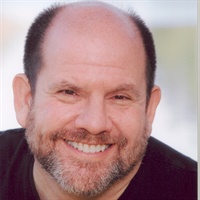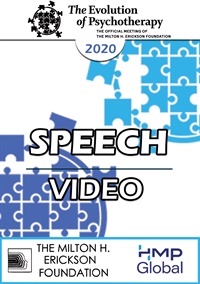CC22 Keynote 03 - Updating the Empty Chair Psychodrama within Couple Therapy - Stan Tatkin, PsyD
- Average Rating:
- Not yet rated
- Topic Areas:
- Keynotes | Attachment | Couples Therapy | Psychobiological Approach to Couples Therapy (PACT)
- Categories:
- Couples Conference | Pioneers in Couples and Family Therapy | Couples Conference 2022
- Faculty:
- Stan Tatkin, PsyD, MFT
- Duration:
- 1:02:37
- Format:
- Audio Only
- Original Program Date:
- Jun 25, 2022
- License:
- Never Expires.
Description
Description: This session explores the integration of the "empty chair" psychodrama within the PACT model to interrupt regressive relational patterns rooted in early object relations. By externalizing archaic self–other dynamics, therapists can help partners develop a witness state, promote individuation, and shift ego-syntonic behaviors toward more adaptive, secure-functioning interactions in real time.
Syllabus Description: The empty chair psychodrama was first made popular by Fritz Perls, founder of Gestalt therapy. It has since been adapted into Redecision Therapy, The Developmental Model, Voice Dialogue, Family Constellation, and even Cognitive-Behavioral therapy. PACT has adapted this approach for use within the couple session when consistent projection or projective identification processes impede the forward development of one or both partners. This particular technique uses Self and Object Relations theory to capture real time archaic self and object representations that maintain an ego syntonic, regressed relationship with one (or more) original caregiver(s). The psychodrama provides an opportunity for the couple therapist to bring this maladaptive early relationship to light and to make strides toward ego dystonic rejection of the regressive behavior.
Learning Objectives:
1. To be able to describe the empty chair psychodrama set up.
2. To be able to detail the task of the empty chair exercise and describe the goal.
3. To be able to identify the real time self and object representations that arise during the psychodrama.
Credits
Handouts
| Ericksonian Learning Snapshot (247.8 KB) | 2 Pages | Available after Purchase |
Faculty

Stan Tatkin, PsyD, MFT Related Seminars and Products
Stan Tatkin, PsyD, MFT, is a clinician, researcher, teacher, and developer of A Psychobiological Approach to Couple Therapy (PACT®). He has a clinical practice in Calabasas, CA, where he has specialized for the last 15 years in working with couples and individuals who wish to be in relationships. He and his wife, Tracey Boldemann-Tatkin, developed the PACT Institute for the purpose of training other psychotherapists to use this method in their clinical practice.








